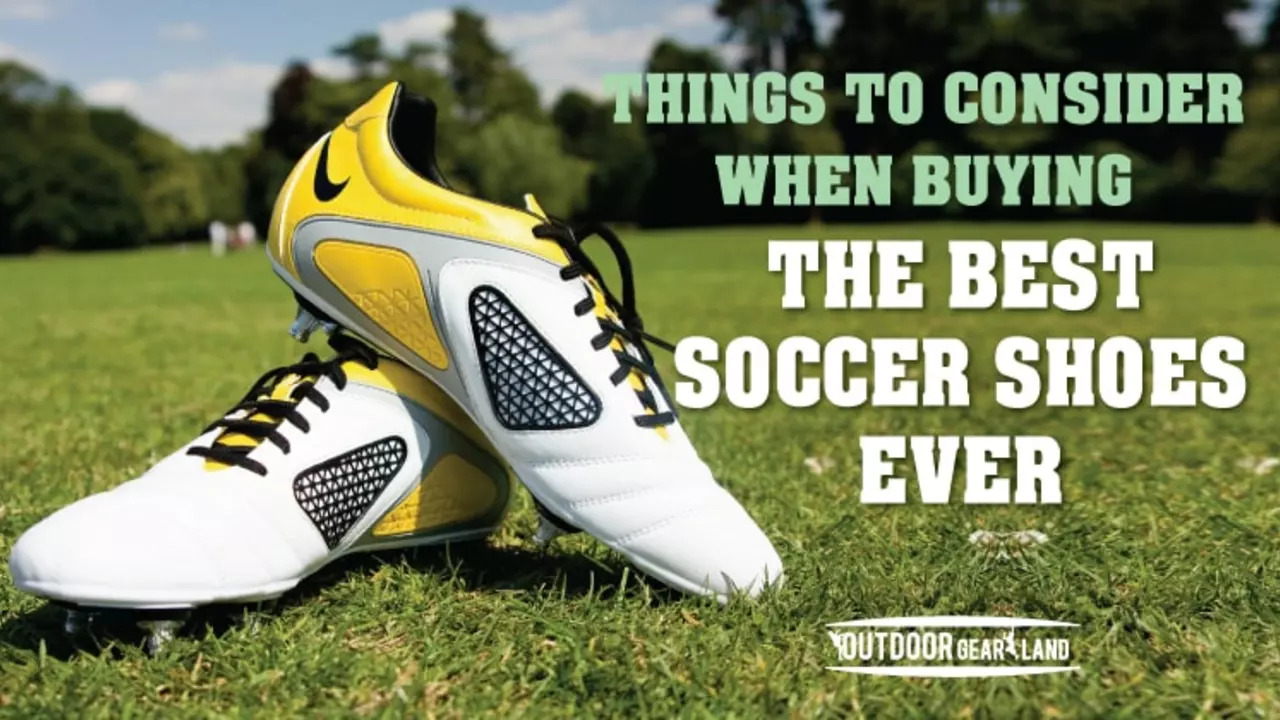Expensive Soccer Shoes: What Makes Them So Pricey?
If you’ve ever stared at a $300 pair of cleats and wondered why they cost an arm‑and‑a‑leg, you’re not alone. Most players think the price tag is just a marketing gimmick, but there are real reasons behind those numbers. In this guide we’ll break down the tech, the materials, and the brand hype that push the cost up, and help you decide if splurging makes sense for your own feet.
Key Features That Drive the Price
First off, the upper. Premium shoes use full‑grain kangaroo leather or ultra‑light engineered fabrics that hug your foot like a glove. That tight fit reduces slippage, giving better ball control. The stitching is often hand‑sewn, which adds durability and a custom feel. Second, the outsole. Top‑tier cleats feature carbon‑fiber plates, lightweight TPU spikes, or a mix of both. Those materials give you traction on wet or dry turf while keeping the boot light enough for quick bursts.
Third, the insole and cushioning system. Brands invest in proprietary foam that returns energy on every step. You’ll notice a softer landing and less foot fatigue after a 90‑minute match. Finally, the research behind the design. Companies spend millions on biomechanics testing, wind‑tunnel analysis, and player feedback. All that R&D ends up in the price you pay at checkout.
Best High-End Options on the Market
Here are three models that consistently top the expensive‑shoe list. The Adidas Predator Edge+ uses a woven Primeknit upper and a carbon‑reinforced strike zone for extra power. The Nike Mercurial Vapor 15 Elite offers a titanium spike plate and a lightweight Flyknit construction that feels almost weightless. The Puma Future Z 1.3 combines a flexible suture system with a 3D‑printed midsole for a custom fit.
All three cost between $250 and $350, but they each bring something unique. If you value extra control on the ball, the Predator Edge+ might be your pick. If speed is your game, the Mercurial Vapor’s spike plate cuts down on drag. And if you want a shoe that molds to your foot over time, the Future Z’s suture system is worth the investment.
Don’t forget the resale market. High‑demand models can keep their value for years, so a pricey pair might turn into a small asset if you ever decide to sell.
Bottom line: expensive soccer shoes aren’t just about flashy logos. They combine premium materials, advanced tech, and years of research to give you better grip, comfort, and performance. If you play regularly and can afford the upgrade, the boost in confidence and feel on the pitch can be worth every penny. If you’re a casual player, a mid‑range boot will do the job, and you can save that cash for other gear.
Whatever you choose, make sure the shoe fits your foot shape, your playing surface, and your budget. The best shoe is the one that lets you focus on the game, not on what’s on your feet.

Do expensive soccer shoes make a difference?
In my exploration of whether pricey soccer shoes make a significant difference, the verdict is a mix. While they certainly offer advanced technology, superior materials, and better comfort, they don't necessarily improve a player's skills. It's crucial to remember that the player's talent and training are the most significant factors in their performance. However, those who can afford it may find the added comfort and durability of high-end soccer shoes to be worth the extra cost. Regardless, it's key to try on different types and choose the best fit for your foot.
Read more